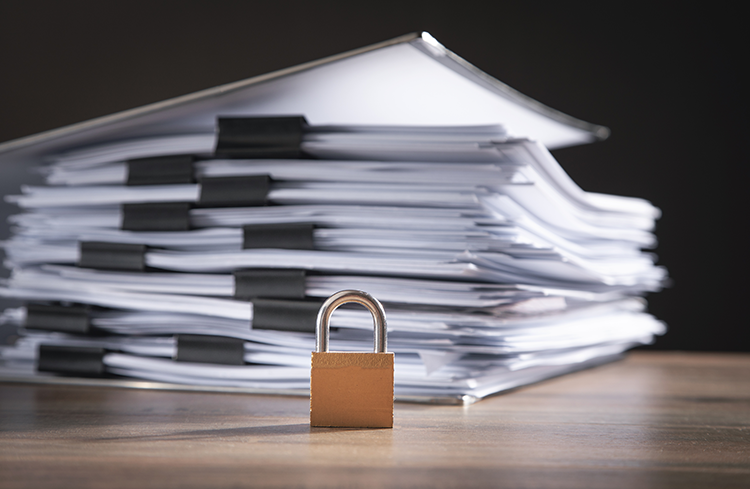Stemming the Paper Tide
For the chronically disorganized, running a law practice can be the ultimate nightmare.
Still, lawyers must master the mountain of very important paperwork or find another line of work. After all, malpractice carriers will put up with damaging lapses for only so long.
Although there are a range of filing methods used by solos, the key is that whatever your system, you follow it religiously and make sure your staff does, too.
Washington, D.C., employment lawyer Joel P. Bennett has been taming the paper tiger for decades. For him, the simple method works best, he says.
“I keep my open files alphabetically on a shelf near my desk,” Bennett says. “I have never found an advantage to numbering my open files.”
Bennett sets up a loose-leaf binder for each new client. Inside, he creates subcategories for pleadings, correspondence, billing, witnesses and medical or other evidentiary records, if applicable. Within each subhead, he simply files documents in chronological order.
Accessible Information
Bennett likes the loose-leaf system because documents that need to be photocopied can easily be removed from the binder and put back in the same spot. He also creates a 3-by-5 index card for each client that includes contact information, the type of case, reference to the fee arrangement, and the names of the opposing counsel and judge.
The toughest part, he says, is sticking to his rule to handle each piece of paper only once, preferably the day it lands on his desk. “I find stacks are very dangerous and usually useless. Things get lost or forgotten,” he says.
Bennett says he generally has only about 30 to 40 files open at any one time. He concedes that practices that are more high volume, such as those focused on consumer bankruptcy or personal injury, might need a numbering system to keep track of clients.
That’s how it works in Timothy Gutknecht’s office.
Gutknecht’s small Columbia, Ill., firm uses a filing system that begins with the year the file was opened, followed by a two letter designation for the type of file, followed by a four-digit chronological number. So, he says, a commercial real estate file might be labeled 05-RC-1159. The two letters correspond to the firm’s malpractice carrier’s designations for areas of practice.
“We also use a different color file folder for each area of practice, so it’s easy to spot the file you’re looking for,” Gutknecht says.
Barry L. Lippitt, a solo lawyer in Southfield, Mich., also uses a simple year-plus-chronological-case-number system. He uses a different color file label each year and puts numbered stickers on each folder and subfolder to remind him of the year the file was opened. Finally, he creates a master file for each client that holds administrative details about each matter.
Many small firms use a system similar to Lippitt’s and Gutknecht’s, while others enlist the aid of popular software programs such as Time Matters, PC Law or Amicus Attorney, all of which provide not only file templates but also built-in calendars to help keep track of important dates such as hearings and filing deadlines.
Bennett says being a compulsive list-maker is his key to staying organized. “I honestly cannot imagine anybody running a law practice without writing everything down. How could anyone possibly remember all that stuff?”
Write a letter to the editor, share a story tip or update, or report an error.


